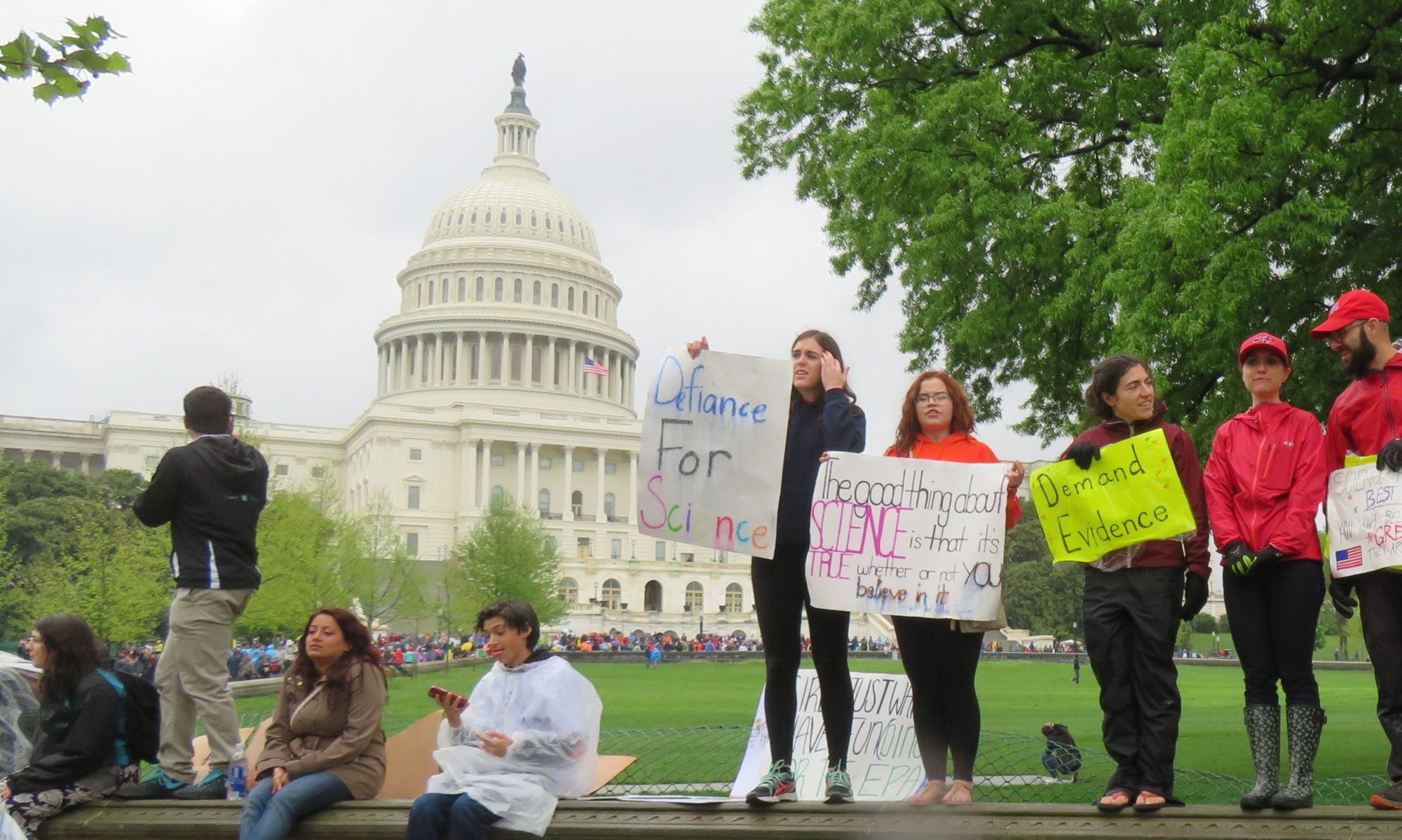A new review of Party in the Street is available now at the Journal of Politics. Thanks much to Pamela Oliver, Professor of Sociology at the University of Wisconsin-Madison, for writing the review.
http://www.jstor.org/stable/10.1086/682986?seq=1#page_scan_tab_contents
The punch line of Party in the Street is important and easy to state: much of the protest opposition to the war in Iraq and the broader US “war on terror” policies was fueled by Democratic Party partisans who stopped protesting after Democrats won significant electoral victories. This claim is important politically and empirically for people specifically interested in current peace politics, and it is important theoretically for people interested in the broader matter of the relations between social movements and political parties.
A collaboration between Michael T. Heaney, a political scientist, and Fabio Rojas, a sociologist, is particularly well suited to address this issue. Too often sociologists of social movements ignore party partisanship, while political scientists studying partisan identification too often ignore the role of sociological movements. Overall, this is a very fine book. It is well written, it thoughtfully engages a wide range of research and theory, and it subjects its arguments to hypothesis tests and investigations of alternative hypotheses. It links qualitative historical materials with quantitative analyses of survey data. It would be an excellent book to assign to graduate students (or even advanced undergraduates) both for its cogent theoretical arguments and for its methodological example of how to integrate multiple sources and types ofdata into a coherent argument.
The title, besides being a play on words, is meant to extend V. O. Key Jr.’s classic distinction between the party organization, the party in the electorate, and the party in government (Key 1942). The party in the streets is the party in social movements. Parties and movements need and useeach other, but they also have different imperatives. The core of the theoretical argument is that many protesters had dual identities: they were both antiwar activists and Democrats. Between 2002 and 2006, these identities reinforced participation, but after 2006, the identities conflicted and reduced participation.
Much of the empirical analysis in the book has appeared in print elsewhere but has been substantially rewritten and integrated for the book. This results in a cohesive whole that is more than the sum of its parts, as it demonstrates the tension between party and movement identification across several different realms.
Chapter 1 poses the question of the relation between movements and parties and provides a brief historical overview of both party development and antiwar movements in the United States. Especially relevant to the subsequent discussion is its demonstration that there was a low level of partisanship affecting antiwar sentiment in the 1960s and other earlier eras. Chapter 2 maps the empirical patterns around partisanship and antiwar politics in the 2000s, showing both that there was partisanship in antiwar sentiment among candidates and voters and that antiwar protests dropped precipitously after Democrats gained power, even though most of the war policies continued.
Chapter 3 develops the theoretical arguments about identities, drawing from the sociological literature on intersectionality that has been developed in the context of race, class, and gender dynamics but is here fruitfully modified to apply to this new setting. I found this chapter to be clearly written and accessible and also theoretically satisfying as it carefully explains the similarities and differences between concepts—for example, between intersectionality and crosspressures— and responds to potential objections to the arguments.
Each of the empirical chapters interweaves quantitative data with qualitative historical discussions, and each sets up hypotheses derived from the theoretical exposition which are tested with data, including descriptive statistics, simple multivariate regressions, and network analyses. Chapter 4 uses surveys of activists at antiwar rallies to explore individual level correlates of popular participation. The data show that initially high proportions of protesters both identified as Democrats and stated that opposition to Republicans was a significant motivation for protesting. The data also show a strong decline over time in the proportion of protesters who say they are Democrats and in anti-Republican sentiment as a motivation, with timing shifts that coincide with shifts in the partisan control of the federal government.
In chapter 5, Heaney and Rojas examine organizations, again using the lens of identity, but this time, organization identity. They classify organizations by the strength of ties to the Democratic Party and show how the coalitions and network structures of the movement changed over time. Four case studies reveal the dynamics of the decline period, in which activist cadre continued to try to mobilize protest but received less response. Organizations with close ties to Democrats pulled back on their antiwar involvement, partly in response to the right-wing opposition to the Obama presidency, which they did not want to amplify. Chapter 6 examines the legislative agendas (bill cosponsorship) of members of Congress, again showing that Congressional opposition to war policies was high when there was a Republican president and almost vanished in Obama’s presidency.
Chapter 7 briefly applies these ideas to other movements, including the Tea Party and the Occupy Wall Street movement. The Tea Party was closely tied to the Republican Party and ebbed and flowed with Republican electoral success, while the Occupy movement lacked a strong partisan affiliation and the timing of its decline was uncorrelated with elections. Chapter 8 is a discussion and reflection on the broader issues of the study around how social movements fit into a landscape characterized by intense partisan polarization.
The general pattern of a decline in protests when “your” party is in power and a rise when “your” party is out of power is, I think, fairly well recognized among those who follow the ebbs and flows of protest waves in the United States and elsewhere but has not previously been theorized well, especially in light of the general idea of “political opportunity,” which would seem to predict the opposite pattern. Heaney and Rojas’s use of concepts like intersectionality to talk about the importance of both partisan identities and movement identities is an important theoretical contribution to untangling these relations.
REFERENCE
Key, V. O., Jr. 1942. Politics, Parties, and Pressure Groups. New York:
Thomas Y. Crowell.

